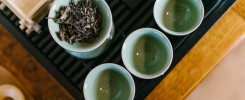To put it simply, ripe Pu-erh tea is Pu-erh tea made from Yunnan big-leaf sun-dried green tea as raw material and processed by fermenting and other processes.
For a long time, it has been generally believed that ripe Pu-erh tea has overdrawn its vitality in the later stage after fermenting, and has obtained the taste of the next ten or decades in advance. Coupled with the unrefined raw materials of ripe Puer tea in the past, compared with raw tea, ripe Puer tea has not always been the mainstream choice for collection. In terms of drinking, ripe Pu-erh tea is far more functional than tasting for tea lovers.
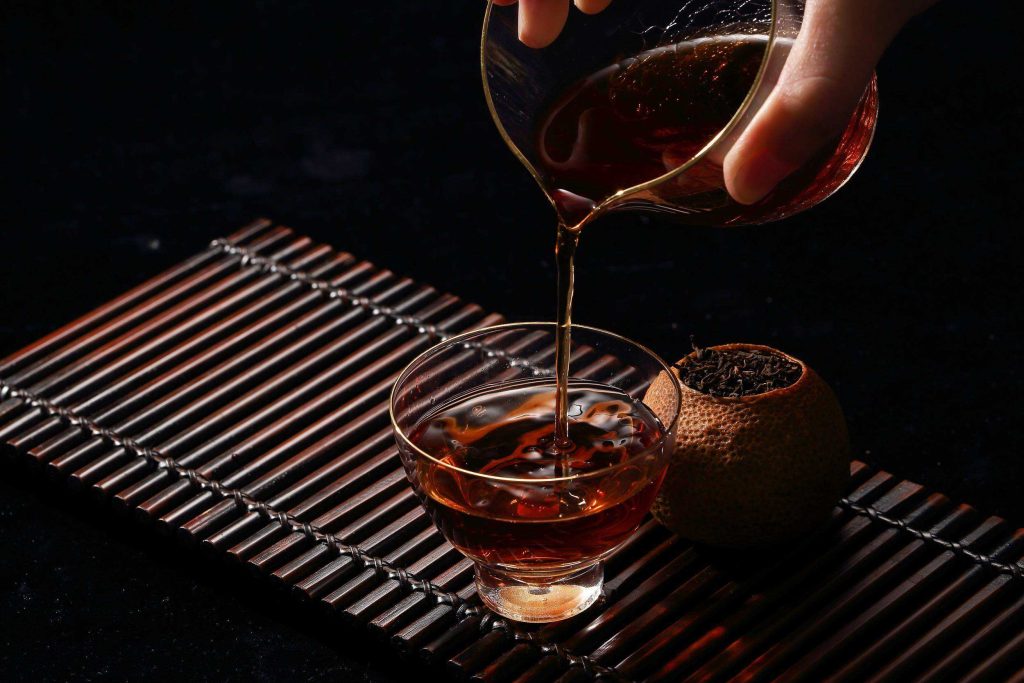
Ripe Pu’er tea is brownish red in color, pure in taste, and has a unique aroma. It is deeply loved by beauty lovers and middle-aged and elderly consumers who pay attention to health preservation for its functions of reducing fat and slimming, lowering three highs, and helping sleep. What conditions should a good ripe Pu’er tea have?
Good ripe Puer tea should be comfortable to drink first, and secondly, the price should be equal
As the saying goes, “taste is the most precious” when drinking tea. The premise is that there is no moldy, spoiled tea, and tea that will not cause discomfort to the body.
Most of them are freshly ripe on the market. Due to the short delivery time of the product, after artificial fermentation and high-temperature autoclaving, there are situations such as heavy smell and poor taste. It is difficult to have palatable high-quality ripe Pu-erh tea. However, many merchants put unwarehousing products directly on the market in order to quickly withdraw funds. Forcing tea people to be disappointed by the existence of good ripe Pu-erh tea.
If ripe Pu-erh tea is an affordable tea, it is definitely not recognized by the cheap “9 yuan and 9 free shipping”. This can only hurt the hearts of the majority of tea lovers.
The real good ripe Pu’er tea can stand the test of the market and consumers. The price has been recognized by the tea drinkers for the high-quality ripe Pu-erh tea. The outstanding cost performance and sweet and thick taste make it a good tea for mature Puer tea consumers.
The later ripe Pu-erh tea products are recognized by consumers for their high cost performance and mellow taste. “Affordable ripe Pu’er tea” also made many tea drinkers say they can’t drink it. From this point of view, consumers’ demand for high-quality ripe Pu-erh tea is in short supply. And the demand for high-quality cooked puppets will also increase.
Good ripe Pu’er tea is actually very active and has great collection value
First of all, raw materials are the key. Picking ancient tea trees with a long age, good ecological environment and fertile soil will take the lead. The rich content is the reaction substrate of the pile fermentation. It can make ripe Pu’er tea win directly at the starting line.
With good raw materials, it takes a lot of hard work to make good ripe Pu-erh tea. What’s more, it is impossible to make good ripe Pu’er tea from raw materials of poor quality.
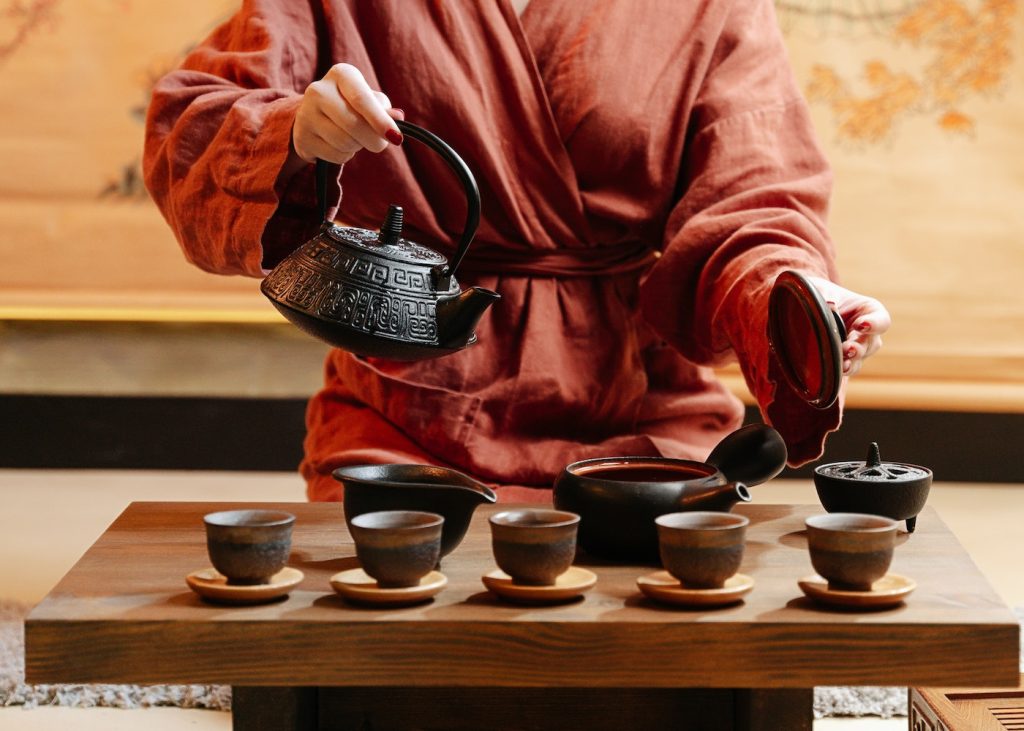
Secondly, the craftsmanship needs to be professional, strict and have standards. Traditional hand-cooking in copper pots, and the quality of tea fried by experienced masters with keen hands is very different from that of machine-cooked tea.
There is also the sun-drying process, which accepts direct sunlight in the spacious sun-drying. Its maximum temperature reaching the ground is between the perfect 50-60 degrees Celsius. It can not only dry the tea leaves properly for a long time, but also keep the activity of the tea leaves intact. It is for the microbial enzymatic reaction during the post-compost fermentation to be actively carried out.
Finally, there is the professional and standard compost fermentation process.
Good ripe Pu’er tea should be rich in content and have high health care value
Through fermenting, spring tea is more fresh, refreshing and sweet. However, spring tea is often used to make raw tea due to the high tenderness of the buds. The cost of raw materials is high and the fermentation is difficult.
Compared with raw tea, ripe Pu’er tea is more suitable for drinking at night. You can also add honey, chrysanthemum, etc. to increase the health value and balance the taste. To drink tea is to drink good tea. Good tea should not only be drunk healthily, but also be drunk clearly. Whether it’s health care or self-cultivation, good ripe Pu’er tea is a good choice.
Ripe Pu-erh tea should not have an unpleasant taste
1. Sour
Generally, the fermentation is too light. Sometimes light fermentation is pursued in order to leave space for the tea to age. However, if you don’t master it well, it will be too light, and it will appear thin, thick, or sour. Another situation is that the temperature of the fermentation process is too low. The acid that appears in this situation is difficult to remove for more than ten years.
2. Numbness, stuck throat
In most cases, it is over-fermented, just the opposite of the previous one. This kind of tea is often mild in the mouth in the first few cups, but slowly the mouth feels a little numb and the throat is dry. The bottom of the leaves of this tea is often severely carbonized, which is over-fermented.
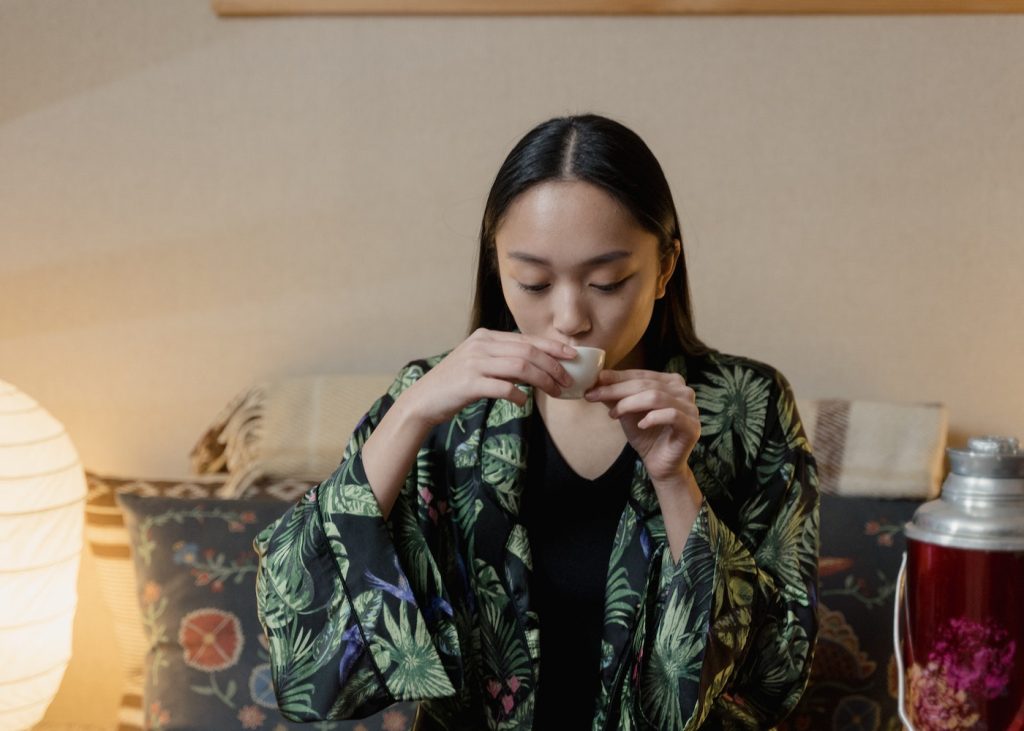
3. Odor
Various peculiar smells, the most common one is muddy smell. The most likely cause of this situation is unqualified raw materials. For example, baked green tea has lost its activity, and it is no longer possible to cultivate beneficial bacteria. It is normal to have some indescribable smell after being in a hot and humid environment for a long time.
4. Thin
This is firstly related to the raw materials. Use mountainous tea gardens to hand-dry the green tea, and make conscious blending before fermentation. It is best to use 30% Lincang and 70% Menghai, so that the fermented tea will be rich and balanced.
Good ripe Pu-erh tea has six dimensions: thickness, smoothness, moistness, sweetness, purity and fragrance
Only good tea can have all the six. So let’s see what they each represent.
1. The thickness of ripe Pu’er tea
That is, there is a sticky feeling. The tea soup is swallowed, and the throat is like rice soup slipping through. This texture is the thickness of tea soup.
2. The smoothness of ripe Pu-erh tea
The “slip” of ripe Pu’er tea is smooth. Refers to the tea soup from the mouth to the throat to the abdomen, without any discomfort in the throat. No tingling, scratching, numbness, sharpness and other sensations. All in one go, or viscous or bland. Glides over skin with a silky texture. That is, as the saying goes, the waterway is delicate, without roughness.
3. The moistness of ripe Pu-erh tea
The moistness of ripe Pu’er tea is a kind of tactile sensation. There are three types of good tea: moist in the mouth, moist in the mouth and moist after drinking. Moisturizing means that the throat can be moistened after ingestion, and the feeling of dryness can be relieved immediately. After tasting, it will give people a feeling of warmth like jade and spring breeze. The brewed tea soup makes the throat feel refreshing and moist, and the whole stomach is warm after swallowing.
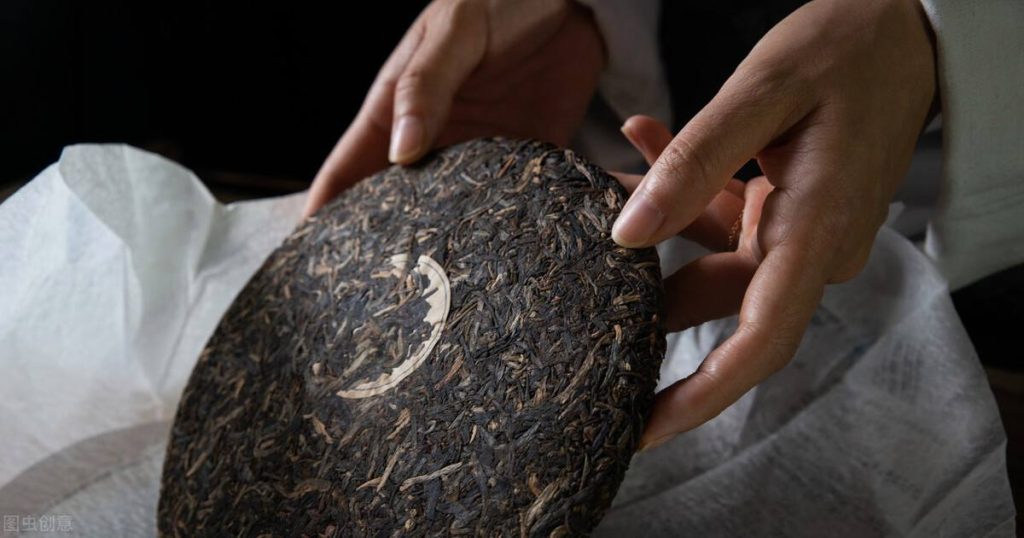
4. The sweetness of ripe Puer tea
The sweetness of ripe Pu’er tea is obviously sweet, which is different from the sweetness of raw tea (except lightly fermented Pu’er tea). You can smell the sweetness of the tea soup before drinking it, and the ripe Pu-erh tea has almost no bitterness, so the sweetness is more obvious. The sweetness of the tea soup can be felt when the tea soup enters the mouth and touches the tongue surface. This is a kind of sweet texture, long-lasting moist, delicate and pleasant. There is a feeling of flowing water on a small bridge flowing in a clear spring, which is melodious.
5. The purity of ripe Pu-erh tea
The purity of ripe Pu-erh tea is most evident in the feeling of cleanliness and clarity after the tea soup enters the mouth. When the breath gushes out from the breath, it is pure and free of impurities, very comfortable. Ripe Pu-erh tea with good purity tastes very clean and refreshing. Even tea lovers who do not prefer ripe Puer tea will not find it difficult to drink.
6. Fragrance of ripe Pu-erh tea
The aroma of ripe Pu-erh tea is pure, and the older it gets, the more fragrant it becomes. The freshly made Pu-erh tea has a low aroma and a watery smell (fishy smell). After half a year of storage, the “moisture” basically disappears, and the fragrance of the fragrance gradually becomes prominent. Accompanied by a different fragrance. There are mainly “jujube fragrance”, “ginseng fragrance”, “fruit fragrance”, “longan fragrance”, “betel nut fragrance” and so on.
After two or three years, the fishy smell will gradually recede, revealing the original flavor of the tea, and the aroma will gradually become purer. The ripe Pu-erh tea that has been stored for more than five years will generally have the following aromas: camphor, ginseng, medicinal, jujube, old, woody, etc. The whole smell is fresh and pleasant, without adverse reactions such as pungent nausea.

